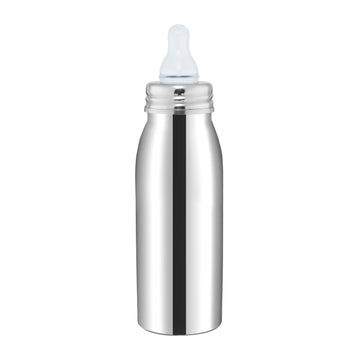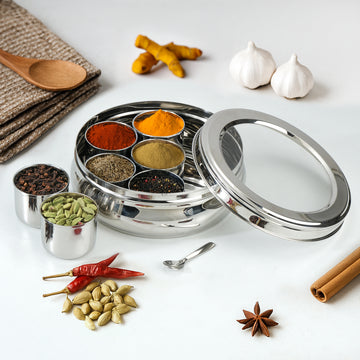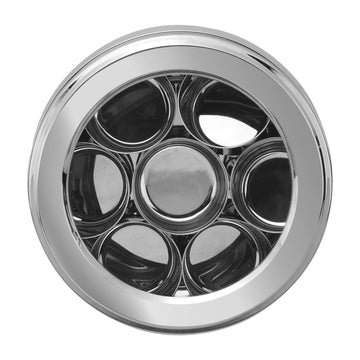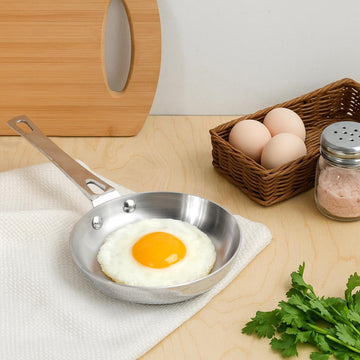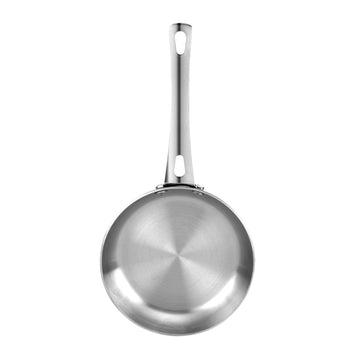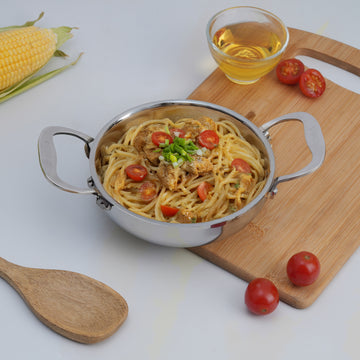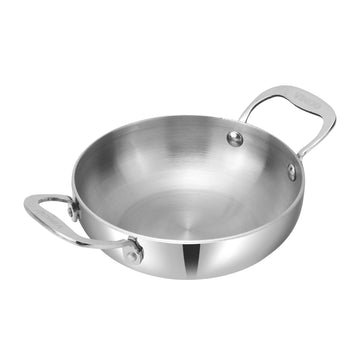Kadai Vs. Wok: Understanding the Differences

Sauteing and stir-frying are popular cooking techniques in Asian cooking. They may sound similar but stir-frying usually involves much higher-temperature cooking than sauteing. When it comes to stir-frying, sautéing, deep-frying, or even simmering, two popular cooking vessels often come to mind: the Indian Kadai and the Asian Wok. Again, these kitchenware products may look similar at first glance, however, they offer distinct features, each with its own purpose and benefits. Understanding their differences can help you choose the right tool for your kitchen, ensuring you get the best results for your cooking style.
- Design and Shape
Kadai: The Kadai is a traditional Indian cooking pot, typically round with high, sloped sides. It is wider than a wok and may or may not be as deep as a wok. The base of the kadai is flat, making it ideal for use on modern stovetops, whether gas or electric. It may also come with two looped handles for easy lifting, even when filled with food or oil.
Wok: On the other hand, the wok originates from China during the Han Dynasty and has a very distinctive design. It has a rounded base with steep, sloping sides. This shape allows for quick and even heating which is the most crucial element of stir frying. It is placed above a wok ring to make them sit on the modern stovetop. A wok usually has a single long handle (or sometimes an additional short handle), making it easy to toss and stir ingredients during the cooking process.
- Material and Heat Distribution
Kadai: You will find kadai is made from materials like stainless steel, tri-ply stainless steel, hard anodised aluminum, and cast iron. Cast iron Kadai, like the ones from Vinod Cookware, retain heat well and are perfect for slow-cooking Indian dishes, ensuring even cooking and deep flavours. Stainless steel Kadai, on the other hand, offer durability and are often used for quicker preparations, such as stir-frying vegetables or shallow frying.
Because of their thicker construction, Kadai can take longer to heat up compared to woks, but they maintain heat for an extended period.
Woks: A Wok is well-known for heating up quickly and responding well to changes in temperature. This feature is crucial in Asian cooking, where food is often cooked at high heat for short periods. Woks are commonly made from carbon steel, but there are non-stick, stainless steel, and cast-iron variations also available. These materials allow quick and even transfer of heat.
A Wok is generally lighter than a Kadai, making it easier to handle when tossing and stirring ingredients.
- Cooking Techniques and Culinary Uses
Kadai: The Kadai is a versatile piece of cookware but is primarily associated with Indian cuisine. It is frequently used for deep-frying snacks such as samosas, pakoras, and vadas. The flat base of the Kadai makes it perfect for slow cooking dishes that need time to develop flavour such as rich gravies or sauces, like chicken curry, paneer masala, and aloo gobi.
Wok: The wok, being lighter and shallower, is known for its role in Asian cooking, especially in Chinese, Thai, and Korean cuisines. Its sloped sides make it perfect for stir-frying, as ingredients can be easily tossed without spilling. The shape ensures that the food cooks evenly, allowing you to move ingredients to the sides to prevent overcooking while still benefiting from the intense heat at the base.
To sum up the difference,
|
Features |
Kadai |
Wok |
|
Shape |
Shallow |
Deep |
|
Base |
Round |
Curvy round |
|
Material |
Cast iron, hard anodised, or stainless steel |
Typically, carbon steel, but you can also find them in stainless steel, non-stick, and hard anodised. |
|
Cooking style |
Slow cooking, simmering, frying |
Stir-frying, deep-frying |
|
Cuisine |
Mostly Indian. |
Chinese, Thai, Vietnamese |
The decision between a kadai and a wok ultimately depends on your cooking preferences and the type of cuisine you enjoy. If you frequently prepare slow-cooked dishes or stews, a kadai is the ideal choice. For those who love the vibrant Flavors and quick cooking techniques of Asian cuisine, a wok is the way to go.



